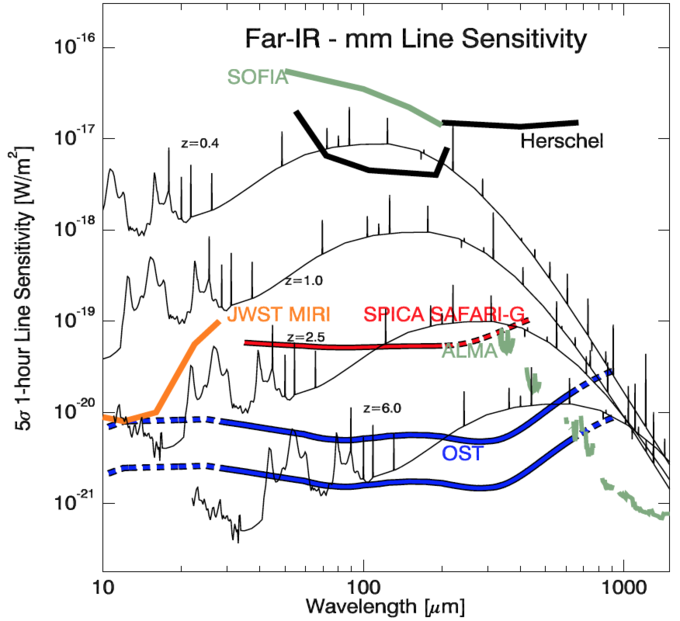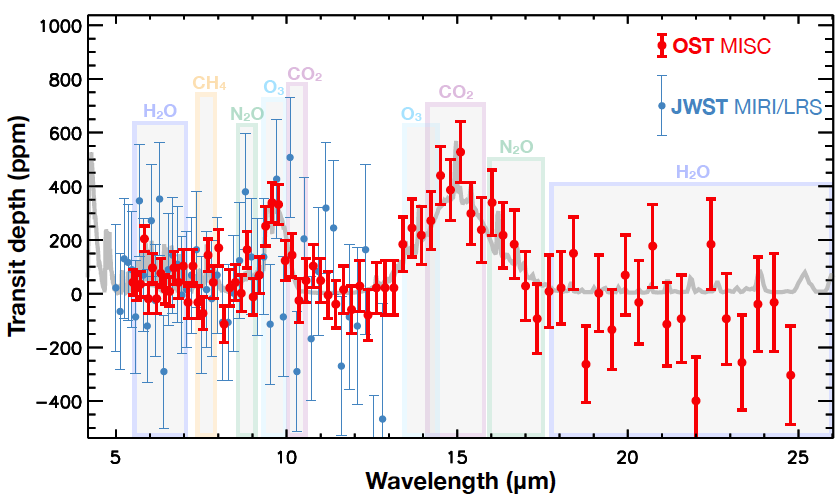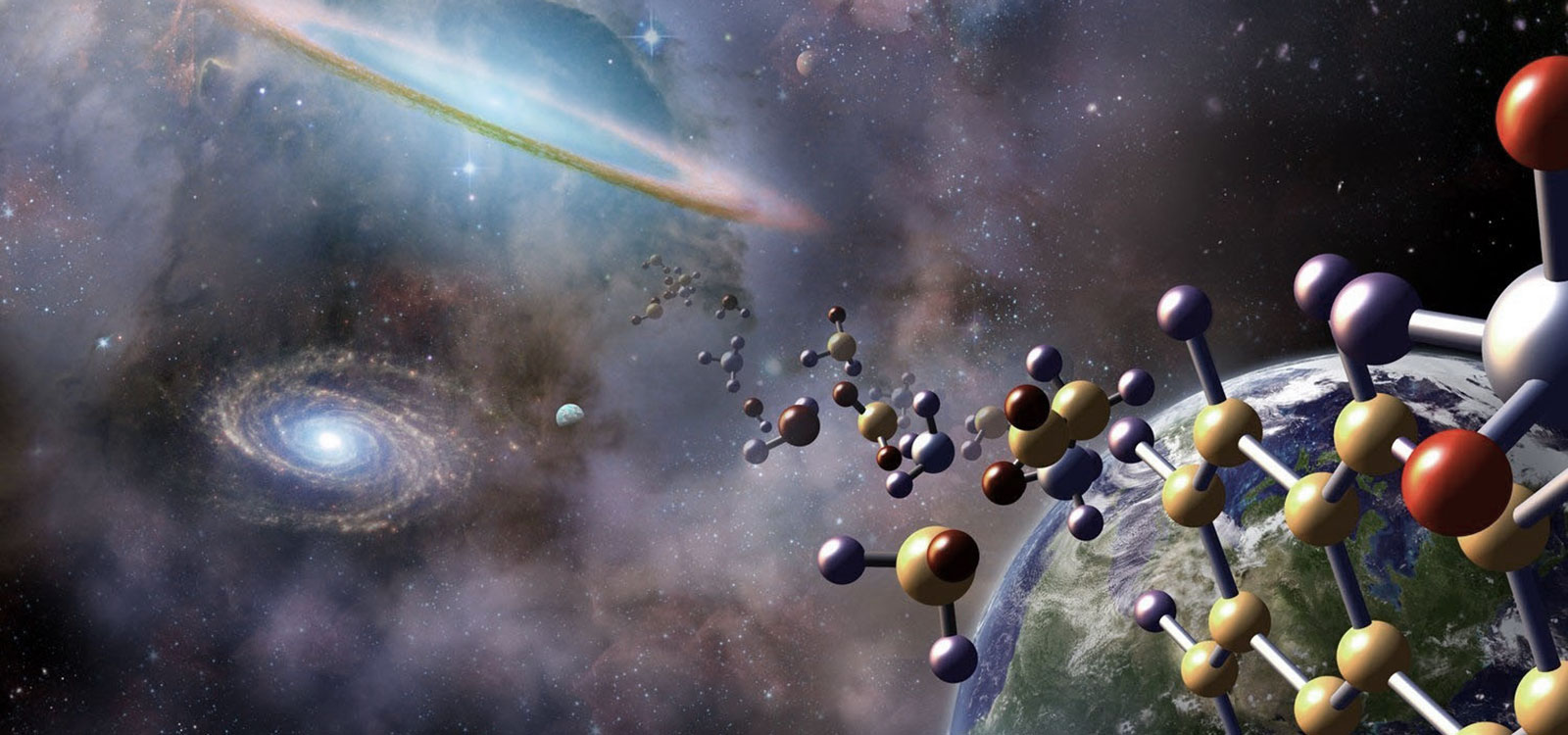This page provides links to the simulation tools we are creating for OST. These tools allow users to simulate spectra and images of sources as they would be seen by OST. The first two tools are now available below. In addition, we have some simulated spectra for the mid-infrared instrument (MISC). Updates, and additional tools will be added as they become available.
The Origins Survey Spectrometer (OSS) Simulator: You can produce OST simulated spectra for a proto-planetary disk and a starburst galaxy at a variety of distances/redshifts, background levels, luminosities, and integration times. Future versions will incorporate a wider variety of modeled spectral types, and allow users to download a Python notebook and run the simulator on their own input spectra.
Planetary Spectrum Generator: NASA’s Planetary Spectrum Generator (PSG) permits users to synthesize spectra of planets, exoplanets and small-bodies as observed with OST, including noise estimates for most instruments (MRSS, MISC, FIP and HI). All confirmed exoplanets are available (with access to equilibrium atmospheric models) and also all cataloged bodies in the solar system. Available templates include:
- Exoplanet transit: MISC-TRA simulation of TRAPPIST-1e showing the potential detection of ozone.
- Exoplanet coronagraphy: MISC-COR simulation of a terrestrial planet at 2 pc.
- Edge of the solar system: OSS simulation of a 100 km KBO at the edge of the Kuiper belt (50 AU).
- Protoplanetary disk: MISC-MRS simulation of a PPD (RNO 90 analog) at 4300pc (Pontoppidan et al.)
- Starburst galaxy: FIP simulation of a starburst galaxy with a luminosity of 5e11 Lsun at z=1.
The Mid-Infrared Imager/Spectrograph/Coronagraph (MISC) Spectra: Here we show simulated transmission and emission spectra for a 0.92 RE, 250K exoplanet after 30 transits/eclipses, highlighting how OST will be able to detect biosignatures and characterize habitable planets.




